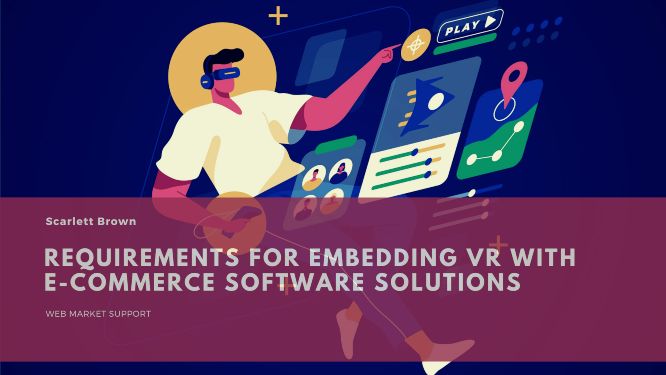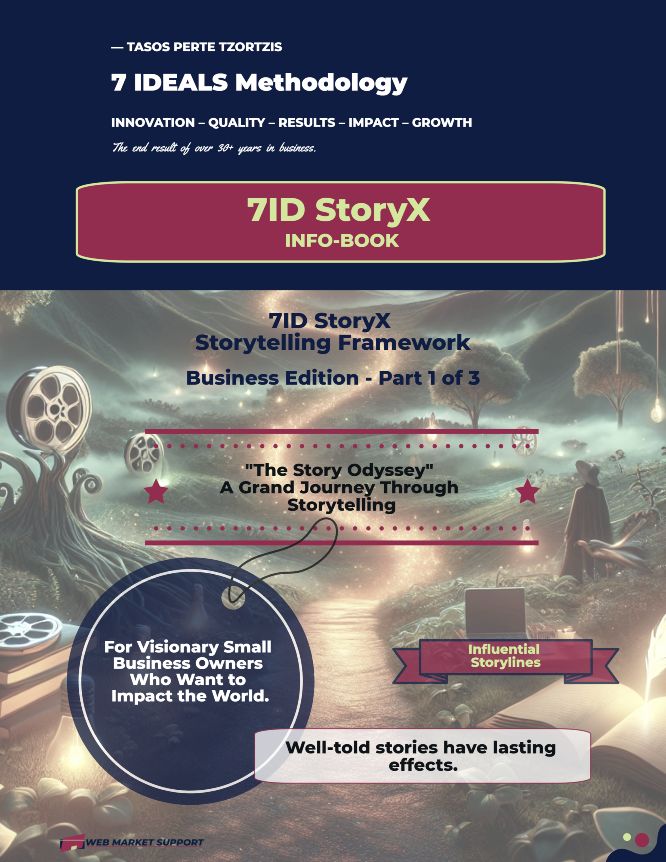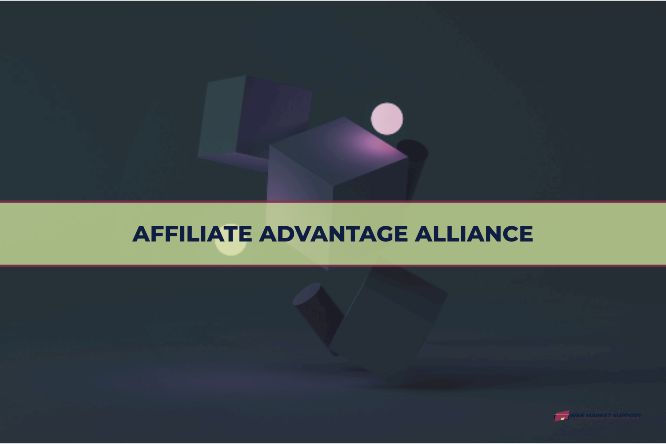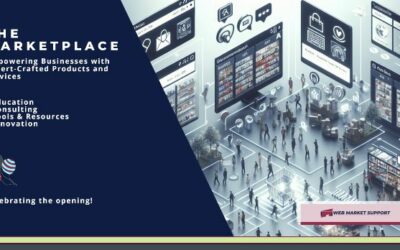Virtual reality is one of the new normals we have around us today. It can be comprehended either literally by its meaning that says for the reality which is virtual or technically, which says a virtually visible real world.
Both are correct, as the purpose gets fulfilled on considering either of them.
Ecommerce & Virtual Reality
In Ecommerce, things are added consistently and continuously with time, starting from the e-cart feature addition, then the chatbots that transformed the shopping experience completely, and then different payment methods were included, which made eCommerce even easier.
The inclusion of the UPI payment (Unified Payments Interface – a system that powers multiple bank accounts into a single mobile application) method does the same, and now the Virtual reality implementation is becoming the new normal.
Virtual reality justifies its existence in Ecommerce more than anywhere else. However, it is in use with other dimensions as well like:
- Architecture
- Tourism
- Healthcare and Medical
- Elearning and Education
- Piloting
- Real estate
- Manufacturing, etc.
In Ecommerce, it brings a home-like experience to the customers while e-shopping. This is the reason why people praise its existence the most in this sector. However, it is appreciated everywhere except in Law enforcement, which has its own exceptions that we might discuss later in some other article.
Nevertheless, to enhance this home-like experience in eCommerce, Augmented Reality is also a next-level technology, but Virtual reality alone can open all the doors to get an adequately desired experience.
We are concerned here about what are the requirements for embedding VR in eCommerce software solutions so that the home-like experience should not alleviate but increase progressively.
Requirements For Embedding VR With eCommerce Software Solutions

VR/AR Engineers
AR-VR engineers are the ones who work over virtual reality embedding over any sort of enterprise software development. You may not get the VR experience without their existence or through other dedicated programmers.
Augmented reality and Virtual reality is a unique specialization that produces engineers with specific skill sets and programming abilities to embed VR-based experiences into a general eCommerce software.
Cloud Support
Cloud is not the fundamental need for Virtual reality inclusion with eCommerce software solutions. But it is required to produce a multi-client environment so that this immersive experience can be rendered to multiple clients altogether.
Cloud computing consulting services are generally a part of those enterprise software development companies that possess AR/VR development expertise in their arsenal.
Advanced Hardware
As far as embedding Virtual reality in eCommerce is concerned, you might not require the VR kit to visualize things through it, but to possess advanced hardware that can handle the processing and implementation load of VR is a necessity.
A robust processor, high-performance graphics card, large capacity random access memory, and compatible video output facilities are some of the basic requirements as far as hardware is concerned.
However, technical support is a vital requirement alongside advanced hardware to keep things running smoothly and in an unpaused manner.
Professional IT Services
Virtual reality embedding processes into an eCommerce software application would require IT planning and consultancy support. As VR is an investment demanding technology, proceeding without a trusted IT consultant might affect our decision of investing in such technologies.
We should also know the 3 types of virtual reality that can be page-turning to your business if you do not consider them for your business needs.
- Non-immersive Virtual Reality
- Fully-immersive Virtual Reality
- Semi-immersive Virtual Reality
Each of them has its significance and is used as per specific business needs. Therefore, IT professional services and IT consulting services are the additional but real requirements for embedding Virtual reality in eCommerce.
Having IT professionals alongside would facilitate the entire development process by their deeper understanding of the IT environment and possible consequences of embedding trending technologies like AR and VR into general enterprise software solutions.
Companies with professional IT support usually possess adequate cloud support, enough product engineering experience, and a progressive line of development with pre-defined planning and implementation.
Having discussed the basic needs for VR inclusion with eCommerce or any other software solution. Let us explore the three different types of Virtual reality so that you can better visualize which one would best suit your business needs.
Non-immersive Virtual Reality
Applications that show you a completely unreal world, which is neither a duplicate of the real, nor immersive in nature, are non-immersive ones. The best examples are games like PUBG (Player Unknown’s BattleGrounds), which provides you with a completely separate world inside the game, which looks sort of real but isn’t a reality, nor can you see yourself in that virtual world.
This type of Virtual reality application is also implemented in Sports, or to facilitate Mental health exercises, in medical training, in the fashion industry, etc.
You may comprehend its purpose as to render an experience of reality that doesn’t exist but is designed to make things experienceable, and easy to learn or understand.
Semi-immersive Virtual Reality
All the simulators used to either give driving experience to the beginner drivers or to those in the gaming zones are semi-immersive virtual reality products.
In this, movements are synchronized with the screen or the program itself, so that the user can experience control over the movement.
In Ecommerce software solutions, this type of VR can be added to provide a motion-based experience, wherever required to the customer, but are not as successful as the non-immersive VR is.
Fully-immersive Virtual Reality
A fully immersive virtual reality application is yet a future thing to us. However, scientists are trying harder to control the neurological commands but a fool-proof implementation is yet awaited for long.
A concept of super humanism is emerger out of this type of virtual reality only, which suggests to not let the technology grow to such an extent that it might become difficult to overcome or control it again.
Self-troubleshooting robots and fully immersive virtual reality are sorts of equally scary to the race of humans, yet the advancement in technology would never stop, and how the above summits could be achieved someday, will be tried unless we don’t make it happen.
As far as eCommerce development is concerned, there are certain things that you should consider before hiring an eCommerce software development company. And they are:
- Whether the company has enough experience of not only developing eCommerce solutions but also of integrating advanced technologies like AR and VR into them.
- The eCommerce industry has evolved multiple new dimensions into its own world like Mcommerce, SaaS enablement, Supply chain management solutions, etc. Make sure to ask them about their diversity within eCommerce development only, if not in other dimensions of enterprise software development.
- Payment gateway integration and mobile commerce accessibility are the most in-demand attributes today. If the company doesn’t seem confident or trustworthy while discussing these and how would they handle the probable complications (if any), you may choose to step out of their quotation area.
In a Nutshell
Things required to embed Virtual reality into eCommerce software are pretty much clear hopefully after having an idea about nearly everything around the VR world. And things to be considered before hiring an eCommerce software developing agency are also gone through.
Now, if we want to summarize things in short:
- Adequate skill and expertise would be the first requirement to involve virtual reality in eCommerce.
- IT professional services are the second most essential things to think of, before taking any further step towards the execution of this idea.
- Proper Hardware and tech support are the keys to run things and the development process smoothly.
- Security over the cloud is the tertiary but quintessential requirement to keep things safe. The contrary would result in the loss of valuable data and code.
Make sure to hire an all-in-one enterprise software development company with cloud consulting services, AR/VR development abilities, and eCommerce software development experience.

Scarlett Brown
Technical Content Writer
Scarlett is a technical content writer and is associated with A3logics for over a couple of years. She has a keen interest in IT professional services and is often found struggling with some unique topics for her upcoming projects. She is often found discussing the latest developments with the technical team. When not working on any of her writing projects, she is either reading any of the Agatha Christie mysteries or busy gardening.

















0 Comments